Normal Alphabet Worksheets for Ages 3-6 - Page 2
219 filtered results
-
From - To
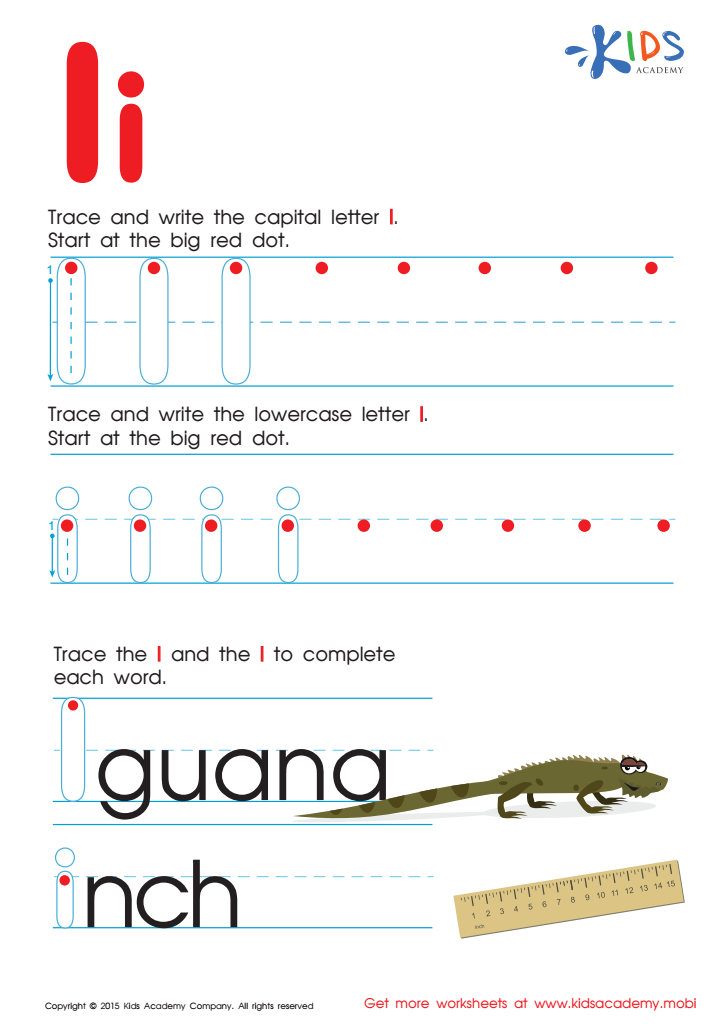

Letter I Tracing Page


Letter Q Tracing Page


I Stands High Worksheet
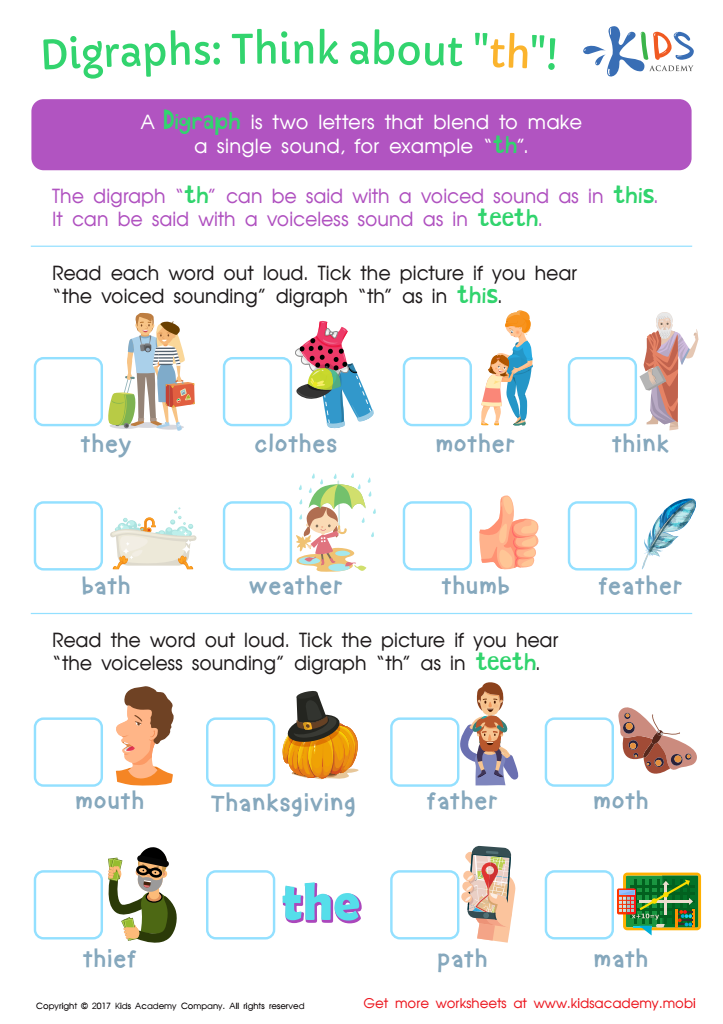

Digraphs: Think About "th" Worksheet
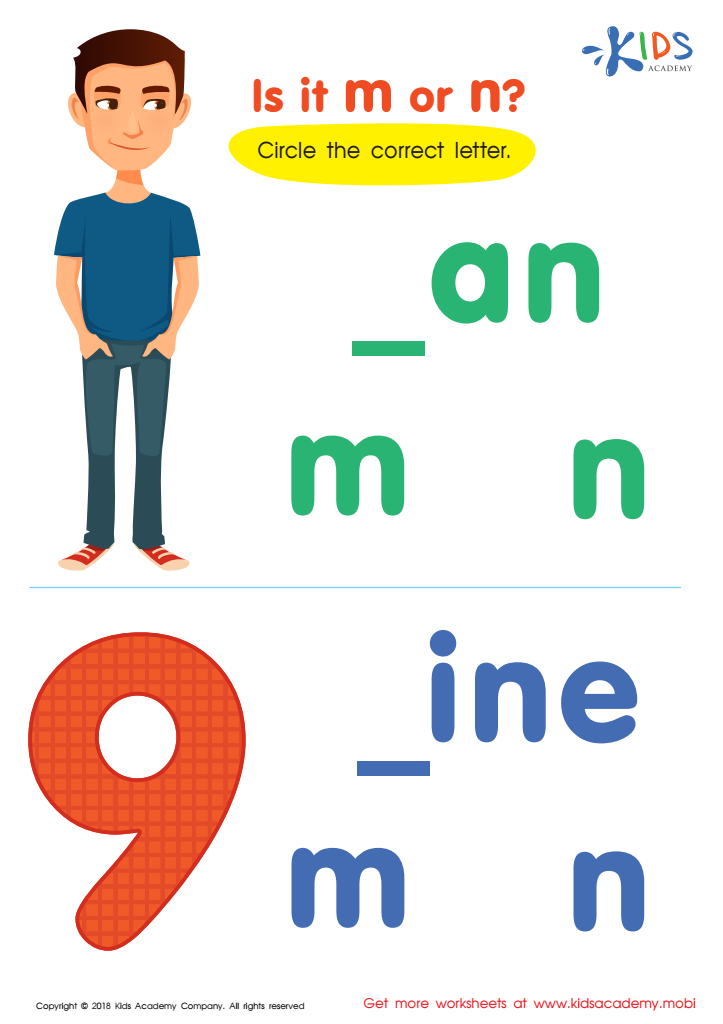

Is It m or n? Worksheet
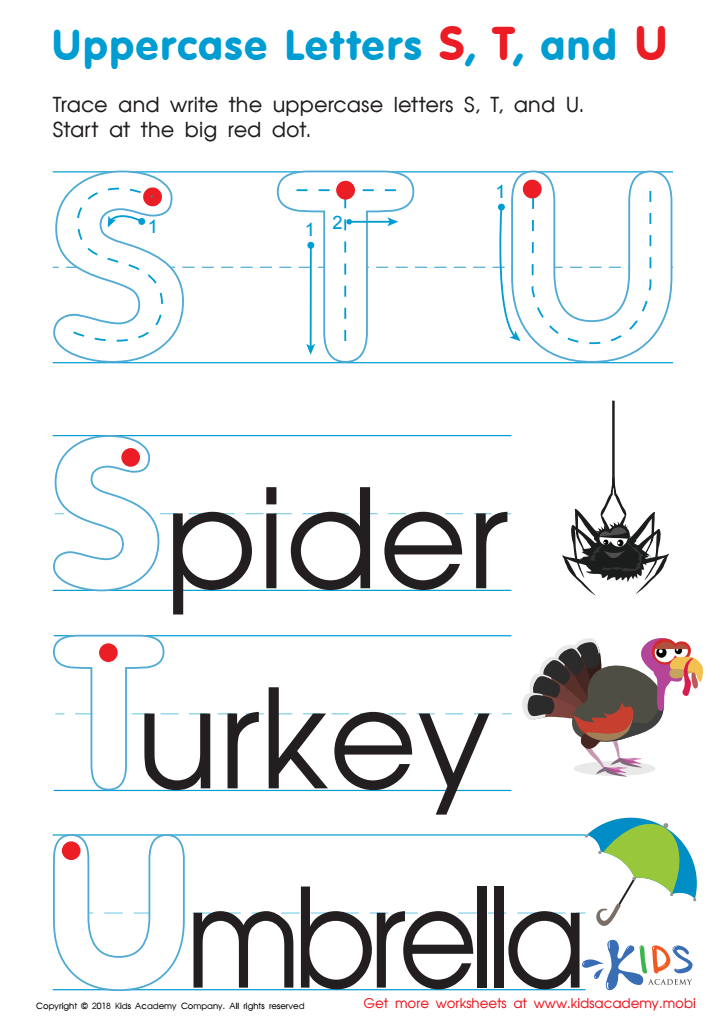

Uppercase Letters S, T, and U Worksheet
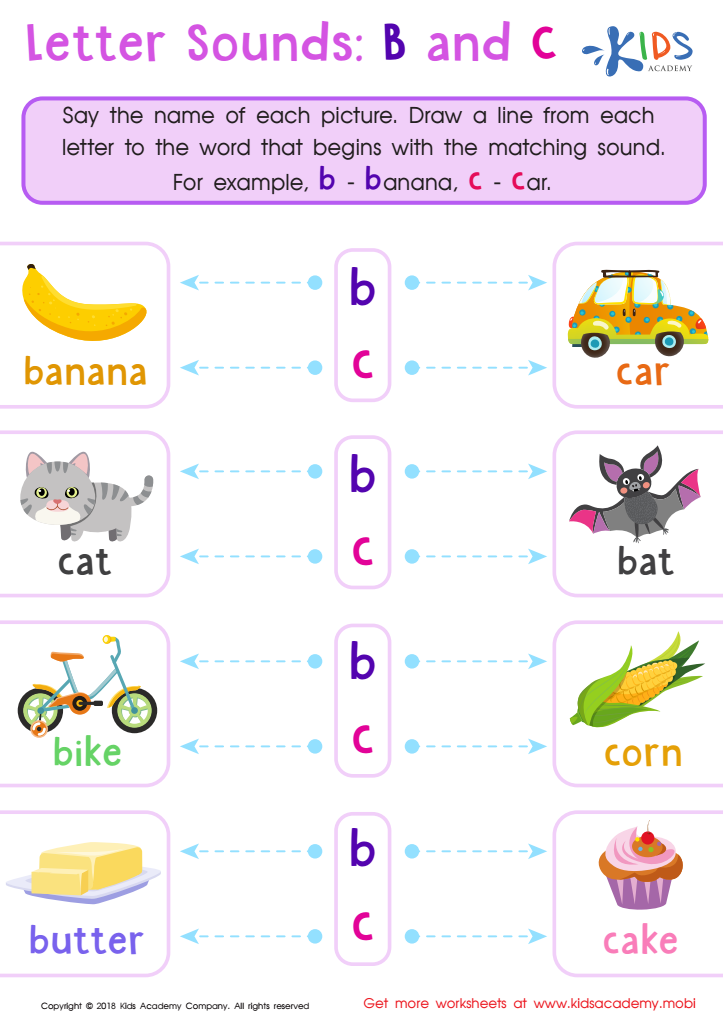

Letter B and C Sounds Worksheet


Blending Consonants: "Fl", "Bl" and "Gl" Printable
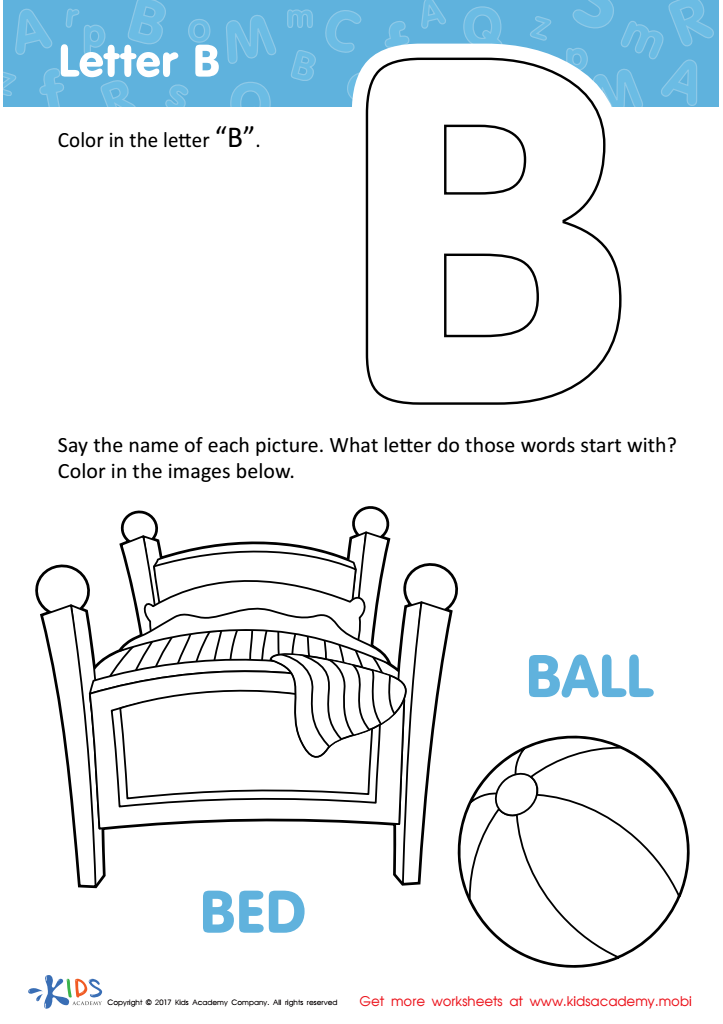

Letter B Coloring Sheet
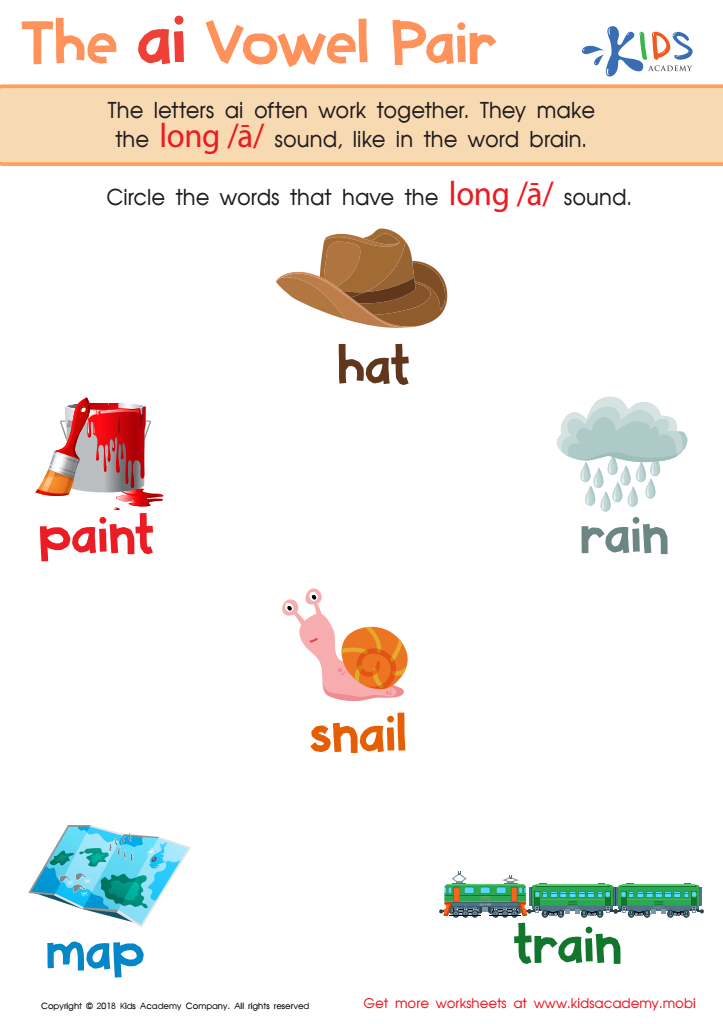

The AI Vowel Pair Worksheet


The Short I Words Reading Worksheet
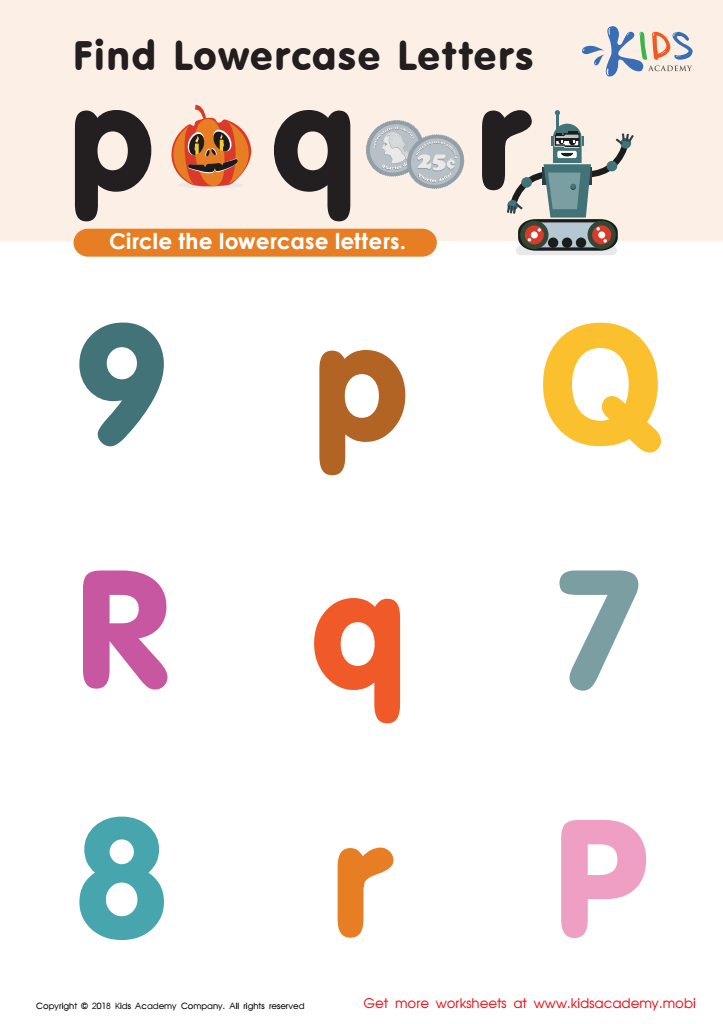

Find lowercase Letters p q r Worksheet
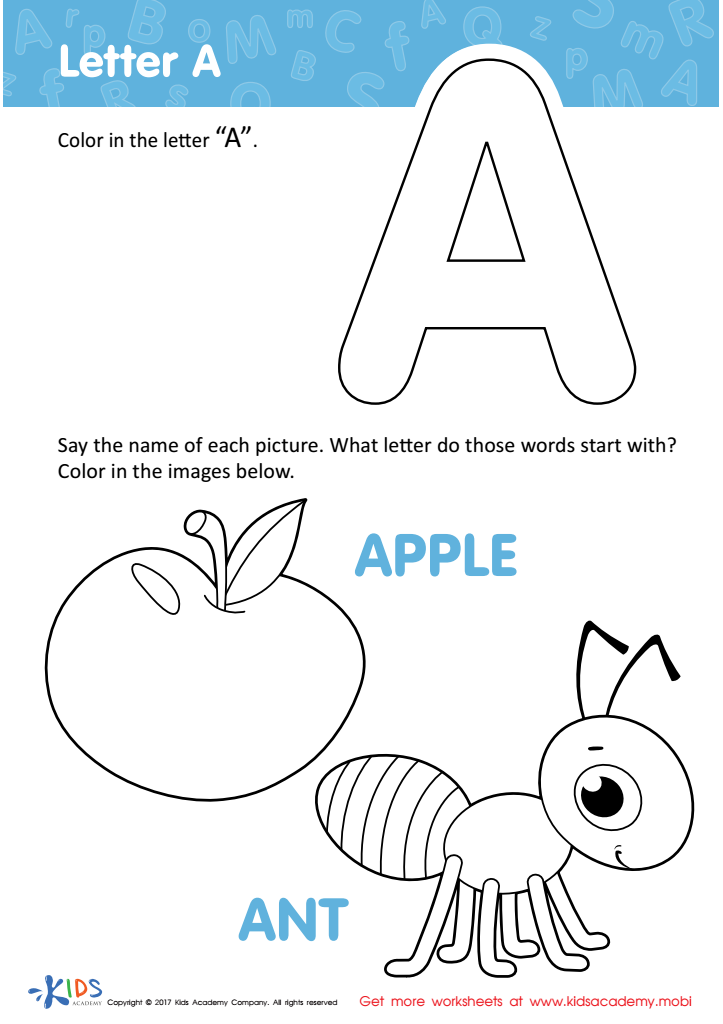

Letter A Coloring Sheet
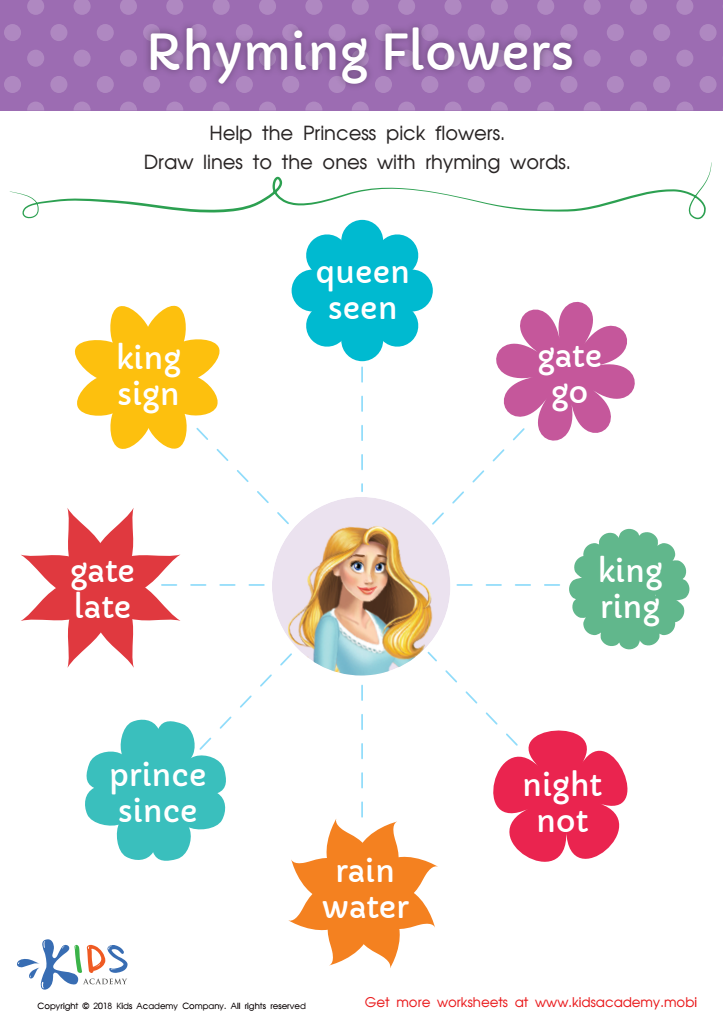

Rhyming Flowers Worksheet
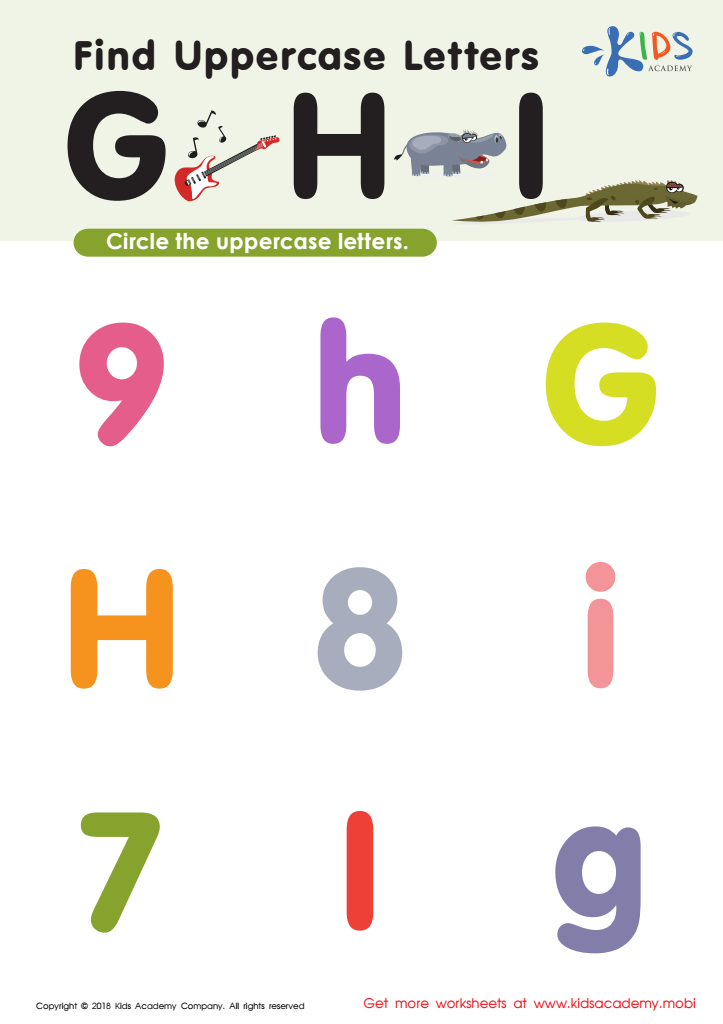

Find Uppercase Letters G, H, and I Worksheet


Beginning Blends: "Bl" Words Worksheet
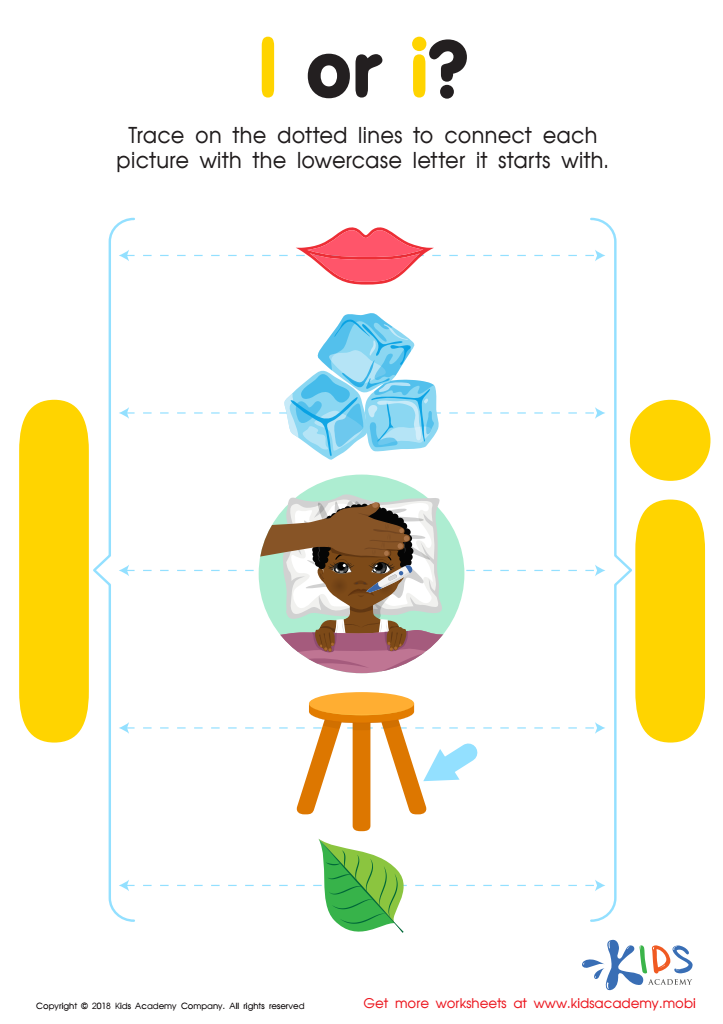

l or i? Worksheet
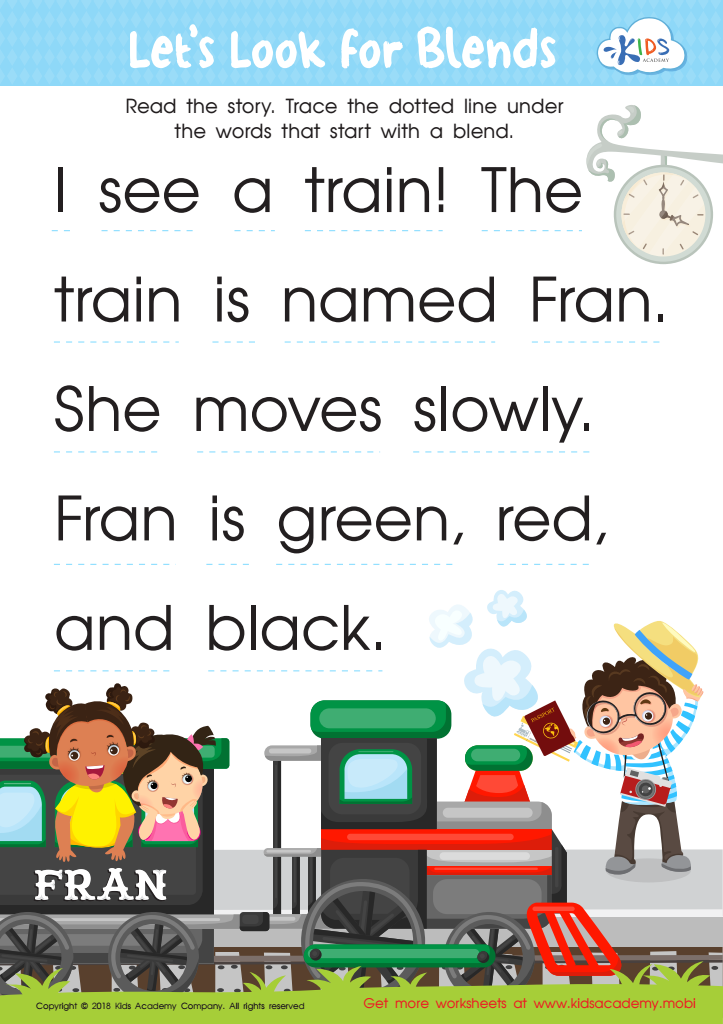

Let's Look for Blends Worksheet
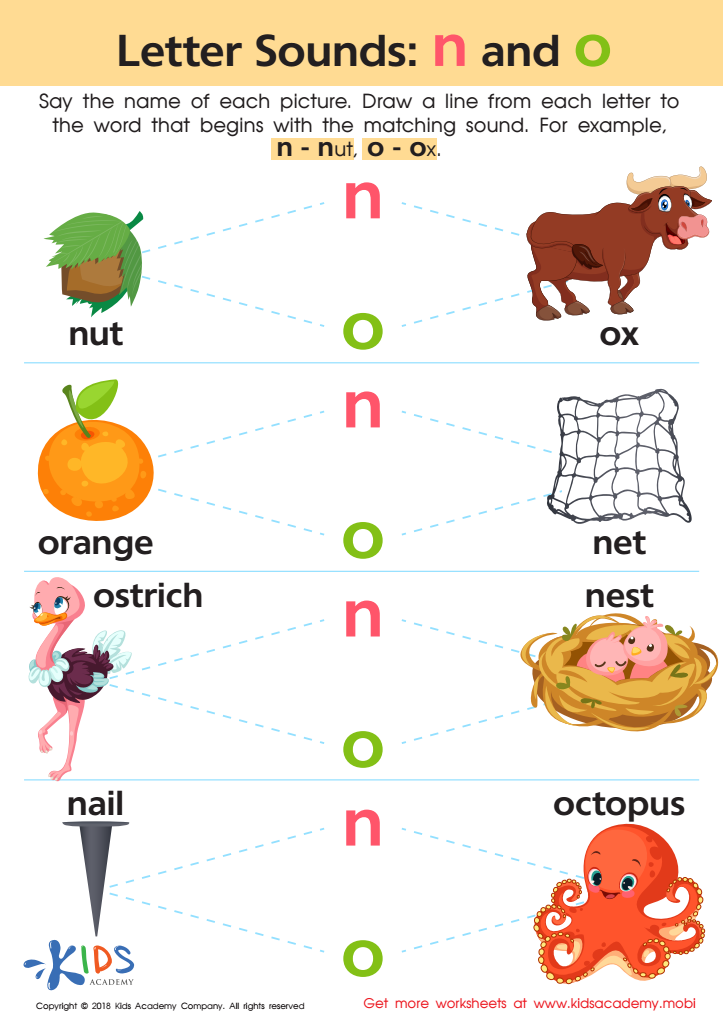

Letter N and O Sounds Worksheet
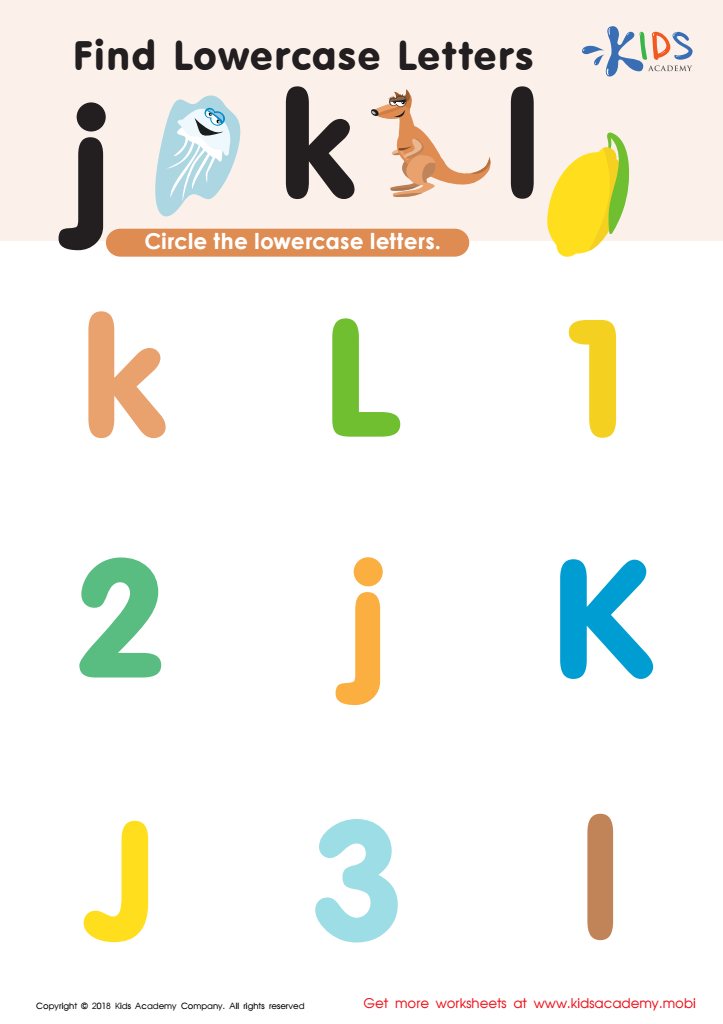

Find Lowercase Letters j k l Worksheet
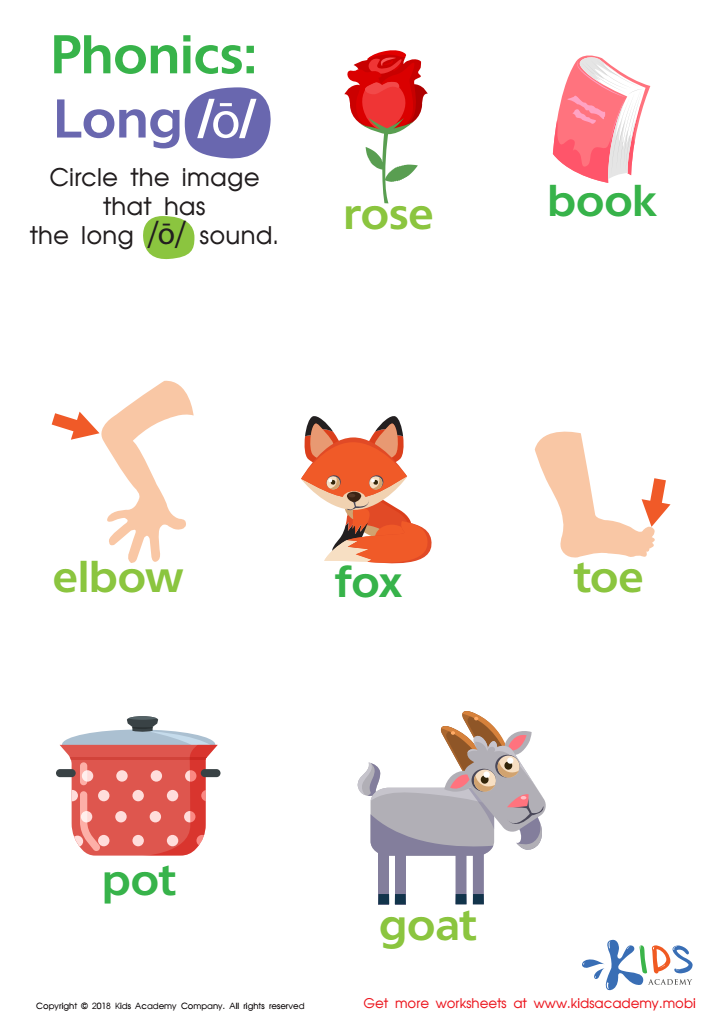

Phonics Long O Reading Worksheet
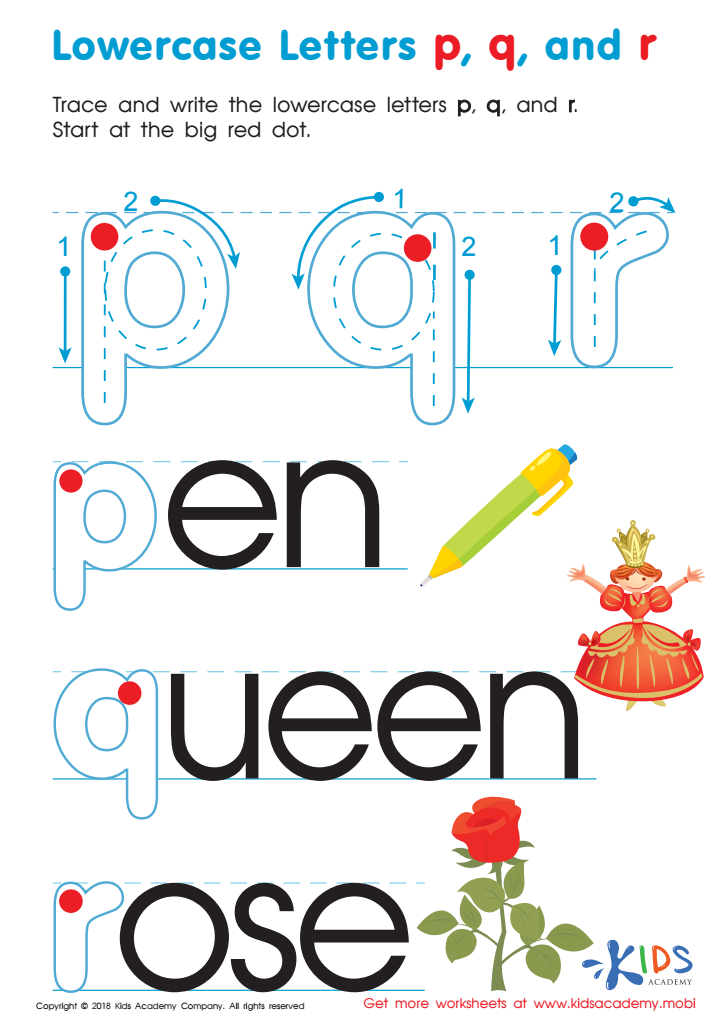

Lowercase Letters p q r Worksheet


short vowels Worksheet
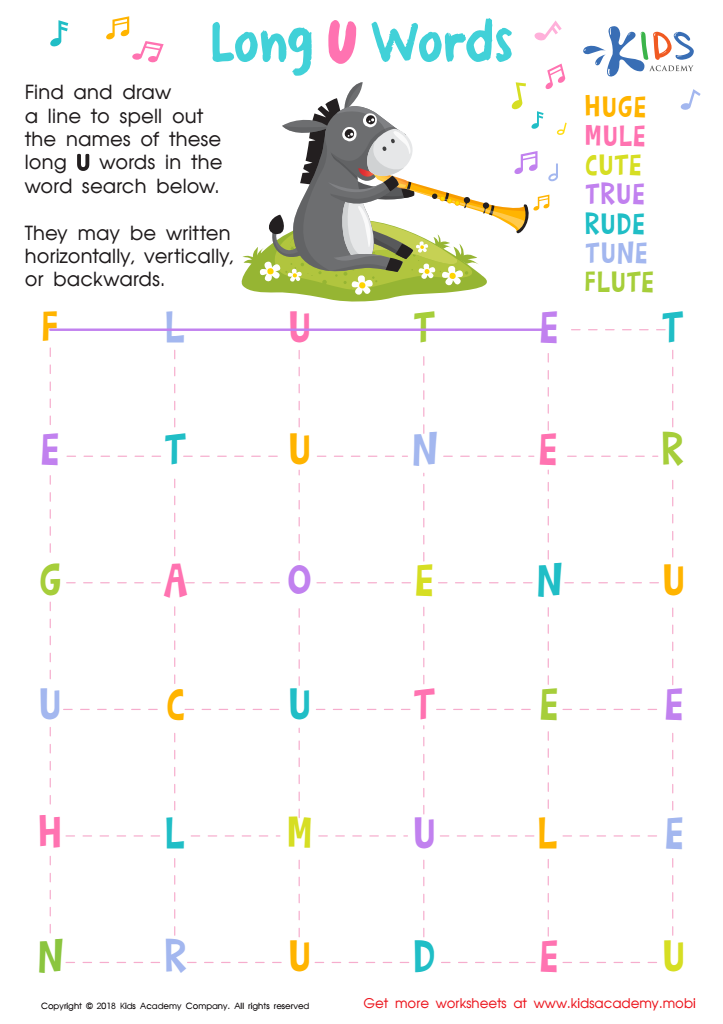

Long /u/ Words Worksheet
Parents and teachers should prioritize the Normal Alphabet for children ages 3-6 as this foundational phase is critical for literacy development. At this age, children are like sponges, absorbing information and forming essential language skills. Understanding the Normal Alphabet lays the groundwork for reading and writing, giving children the tools to decode letters and construct words, which are vital for effective communication.
Moreover, early familiarity with the alphabet cultivates confidence and curiosity about language. Engaging children in fun, interactive activities—like singing the alphabet song, reading books, and playing alphabet games—can foster a love for reading and learning. It not only enhances cognitive development but also helps improve fine motor skills through writing practice.
Introducing the Normal Alphabet also supports numerical literacy when connected to phonics, assisting children in identifying letters and sounds. This connection enriches their vocabulary and comprehension once formal education begins. Additionally, it creates a seamless transition into school, as children will feel more prepared and eager to engage in classroom activities.
By focusing on the Normal Alphabet, parents and teachers empower young learners to thrive academically and personally, setting them on a path for lifelong learning and development.
 Assign to My Students
Assign to My Students











